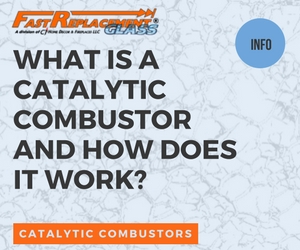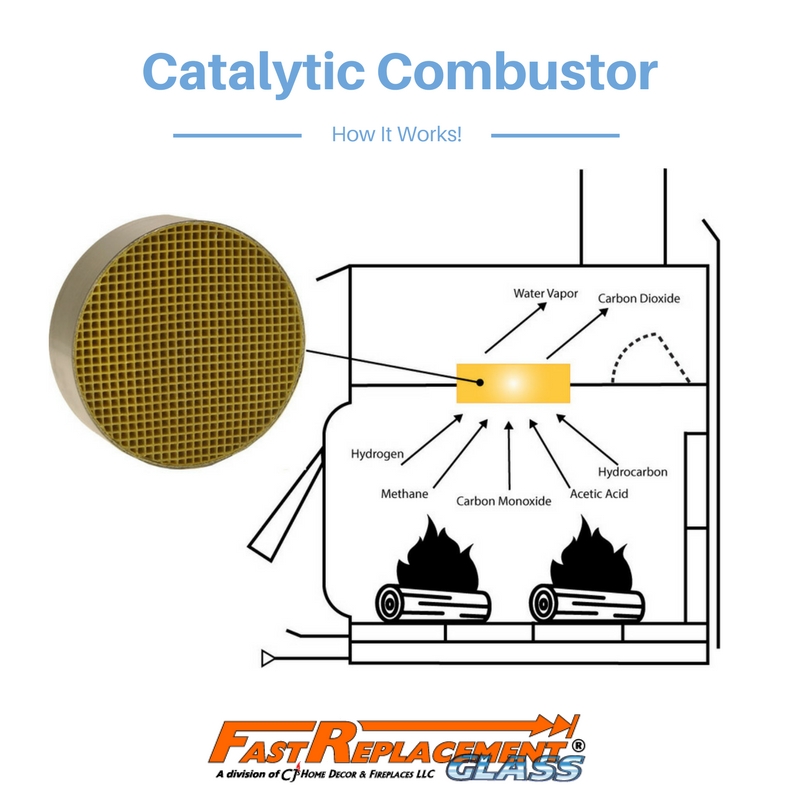Why A Catalytic Combustor & How Does It Work?
 A catalytic combustor is a device with a ceramic honeycomb design that can be wheel, oval, or rectangular in shape. It is usually coated with palladium or another noble metal to withstand the harsh environment of heating applications. It causes smoke to be burned instead of escaping via the flue or stovepipe unused.
A catalytic combustor is a device with a ceramic honeycomb design that can be wheel, oval, or rectangular in shape. It is usually coated with palladium or another noble metal to withstand the harsh environment of heating applications. It causes smoke to be burned instead of escaping via the flue or stovepipe unused.
 When wood burns, it gives off combustion gases. In order for the gases to burn off, the heat generated from the fire must be 1000 degrees F or hotter. When the gases are not burned, they pass through the catalytic combustor and interact with the palladium or noble metal coating on the honeycomb device. The metal acts as a catalyst, causing the gases to burn at lower temperatures (500 degrees F).
When wood burns, it gives off combustion gases. In order for the gases to burn off, the heat generated from the fire must be 1000 degrees F or hotter. When the gases are not burned, they pass through the catalytic combustor and interact with the palladium or noble metal coating on the honeycomb device. The metal acts as a catalyst, causing the gases to burn at lower temperatures (500 degrees F).
A catalytic combustor can affect the way a stove operates:
- Overall efficiency is increased by 10%.
- Creosote production is reduced 20-90%.
- Air pollution is decreased by up to 75%.

